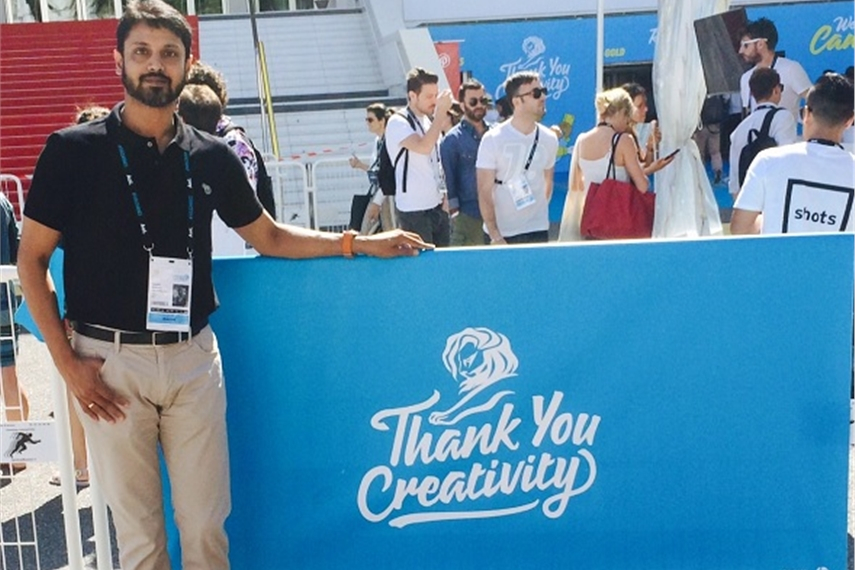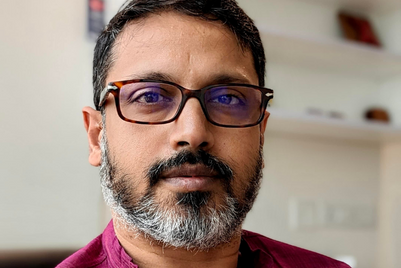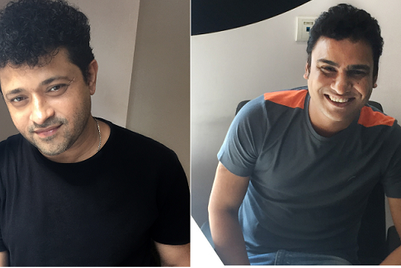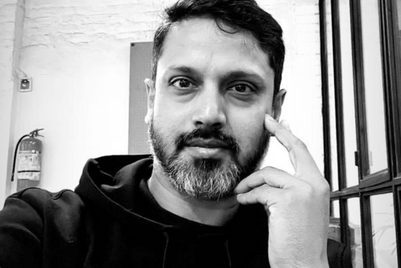Cannes is a smorgasbord for the intellect and the senses. There are tons of stimulating talks vying for your time and attention. Tons of rocking parties vying for your sobriety and spirit. Tons of talented people to meet and network with. Not to mention big ideas – tons and tons of ‘em – on display and being actively discussed. While so much choice is great fodder for the creative being, I couldn’t help but wonder at the irony of it all when it comes down to marketing a product – when more isn’t always better.
It all started when I visited the local supermarket to pick up a bottle of the region’s famous Rosé wine. I was confronted (and confounded) by almost 40 to 50-odd brands! And aisle after aisle, it was the same story. Chocolates to biscuits to cereals to shampoo – there was just too much stuff to choose from. Ah, so that’s what the developed world suffers from, I surmised, the problem of plenty!
This confusion stemming from too much choice, made me recall (and identify with) a famous experiment in consumer psychology – the ‘Jam Study’. In 2000, psychologists Sheena Iyengar and Mark Lepper published a remarkable finding. On one day, shoppers at an upscale food market saw a display table with 24 varieties of gourmet jam. Those who sampled the spreads received a coupon for $1 off any jam. On another day, shoppers saw a similar table, except that only 6 varieties of the jam were on display. The large display attracted more interest than the small one. But when the time came to purchase, people who saw the large display were one-tenth as likely to buy as people who saw the small display. Less choice, more sales. More choice, fewer sales. Weird, huh?
Since we’re in a world where this choice overload isn’t going to disappear anytime soon, that’s where creativity really makes a difference. It makes advertising more likely to stand out and be noticed among the tons of commercial messages consumers are besieged with daily. Not only does it make advertising more likely to be remembered, it drives the brand into the conversations of consumers. And most importantly, it makes advertising more persuasive. As Bill Bernbach said, “Getting a product known isn’t the answer. Getting it WANTED is the answer. Some of the best-known product names have failed.”
Coming back to the Cannes Lions Festival of Creativity, one would like to be spoilt for choice in bagging Lions of all colours. And that’s why one looks forward to creating a campaign that’ll do exactly that. Next year, hopefully next year. Adieu!
(Views expressed are personal.)








.png&h=268&w=401&q=100&v=20250320&c=1)



